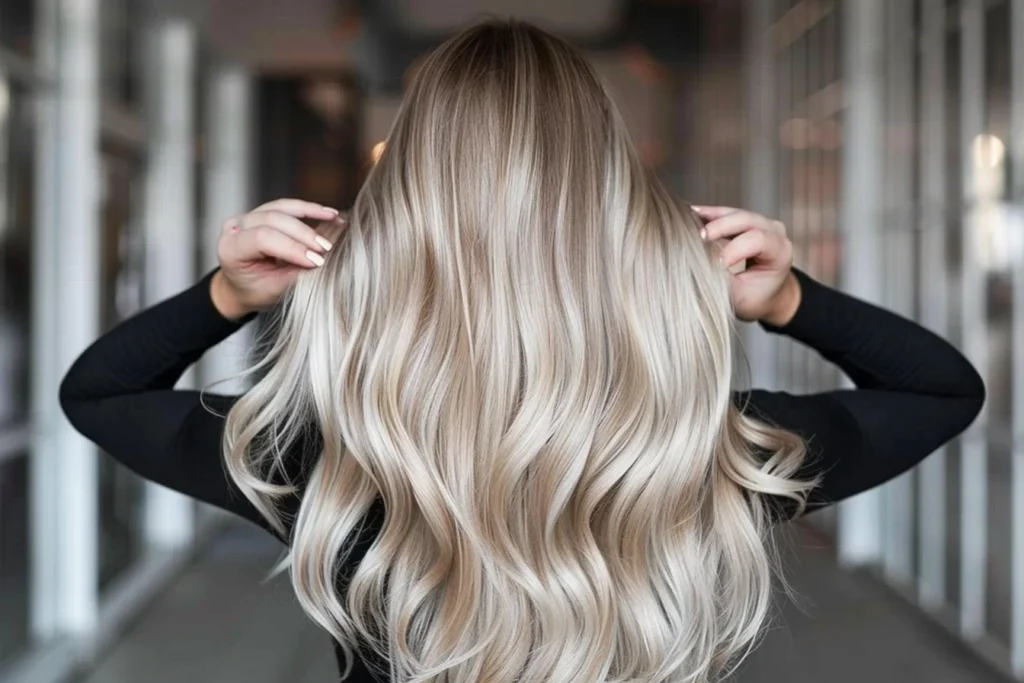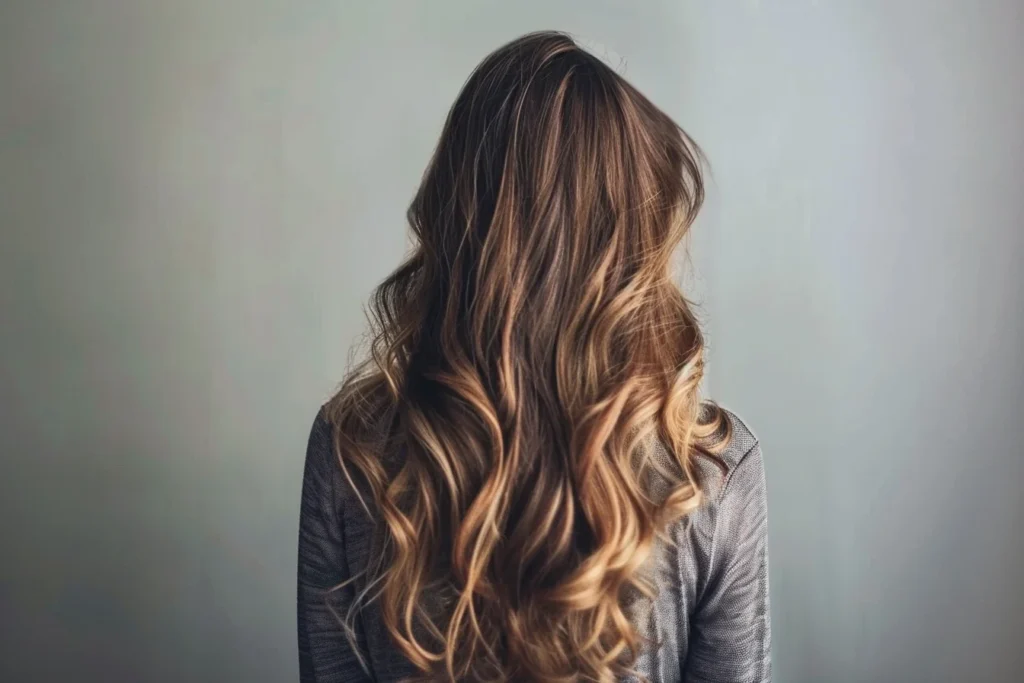Keeping your hairbrushes clean is a fundamental part of any hair care regime, something I find out is essential to both hair health and general hygiene. I have seen the difference it can make from my own experience.
Regular brushing of your hair helps to distribute sebum across the scalp and down the hair strands which in turn maintains pH balance and keeps your hair moisturized.
However, this benefit could be completely negated by using a dirty brush that would effectively recontaminate your freshly washed hair as well as your scalp with dirt, product residues, or dead skin cells.
The debris trapped in brush bristles can lead to a buildup of bacteria that may irritate the scalp or even cause infection, according to celebrity hairstylist Clariss Rubenstein explained this to me once.
She made it clear that if you ensure your brushes are spotlessly clean then all those problems will not occur and at the same time you get maximum performance from your brush.
I came to know that failure to take care of the cleanliness of brushes results in many problems such as long-term inflammation of the scalp, irritation, and dandruff.
I have now developed a simple cleaning routine for my brushes which has become an essential part of my hair treatment practice.
Here’s how I do it:

Regular Hair Removal: After every use, it is mandatory for me to detach all entangled hairs on the bristles so as not to allow them to accumulate hence making deep cleaning easier.
Weekly Washing: In order to eliminate any remaining dirt or product build-up on my brushes, I wash them once a week only. This calls for warm water and mild shampoo since strong chemicals can destroy their bristle component besides even damaging their bases.
Soaking: To deal with very dirty brushes one needs to put them in water mixed with some shampoo for about 10–15 minutes; this makes it possible for any tough residue to come off easily.
Scrubbing: With an old toothbrush, I gently scrub the base and bristles to dislodge any buildup of products or dead skin. It’s important to be thorough yet gentle to avoid damaging the brush.
Rinsing and Drying: After brushing, clean brushes thoroughly in running water. From here they can be shaken from excess water and placed on a towel that is clean with bristles face down drying them naturally.
In this routine, I have noticed a significant improvement in my scalp health as well as the look of my hair.

Cleaning your hairbrush regularly seems like such a simple thing to do.
However, it has so much impact on the health as well as the general appearance of one’s hair.
This small step is a powerful way to enhance your overall hair care routine, ensuring that each stroke of your brush contributes positively to maintaining your hair’s natural beauty.
Grey fuzz in my hairbrush?
If you have ever seen the bristles of your hair brush covered with gray lint, you are not alone. Actually, this is a common sign that your brush needs cleaning.
This grey fuzz happens to be the combination of lint, dust, dirt, oil, dead skin cells, and product build-up from hair according to Trace Henningsen who is a brand ambassador for Leonor Greyl and also a famous hairstylist.
These particles can cling onto the bristles of your brush if it is not washed regularly thus affecting both its appearance as well as efficiency in styling your hair.
How often to clean
Depends on one’s type of hair and what kind of brush they use. It’s a good idea to remove any loose hairs after each time you use it so that it doesn’t become clogged with them says Bridgette Hill.
Then establish a regular cleaning schedule based on how rough or soft your hair feels and what type of brush you’re using.

For thin/fine hair: Because fine hair gets oily easily causing residues to build up on the brushes; clean weekly.
RELATED: The Surprising Diets That Could Be Slowing Down Your Hair Growth
For thick/coarse hair: Cleansing should occur at least twice monthly because these types usually do not block up very quickly when more oils accumulate.
Natural curls: Curly-haired individuals should also wash their brushes on a weekly basis since they tend to use more products that leave residues in their combs.
It is recommended that those using styling products or hot tools frequently should wash their brushes more often so as to get rid of all debris irrespective of whether it is round, teasing, or flat & paddle brushes.
About special kinds like those used for edge styling Hill suggests cleaning them every week due to constant contact with such elements.
RELATED: The Significance of Argan Oil in Hair Care
Combs made out of wood need little washing because they don’t collect dirt as fast while synthetic ones should be cleaned daily if employed regularly or 3-4 weeks apart if infrequently used though loose strands must always be taken off it at all times.

